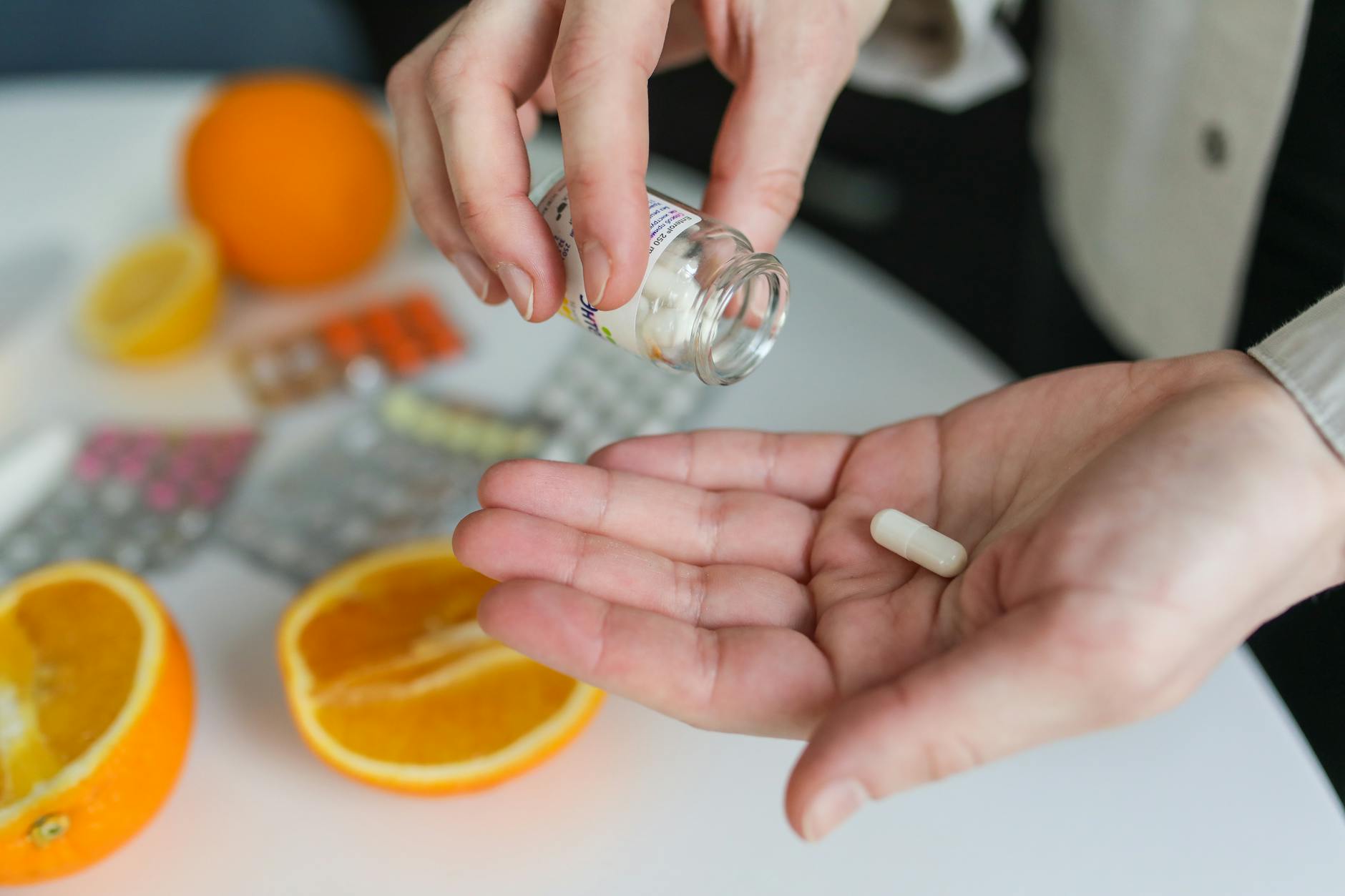Discover the secrets to banishing BV for good with these effective solutions and prevention tips. Say goodbye to discomfort!
Table of Contents
Are you troubled by recurring bacterial vaginosis (BV) episodes? You’re not alone. Many women face the discomfort and embarrassment of dealing with BV. But fret not! In this comprehensive guide, we’ll delve into the symptoms, causes, effective solutions, and prevention tips for bacterial vaginosis. By the end of this article, you’ll be armed with the knowledge to tackle BV head-on and reclaim your vaginal health.
The Symptoms of BV
It’s crucial to recognize the symptoms of BV to seek timely treatment. Some common signs of bacterial vaginosis include:
- Abnormal vaginal discharge that is thin, grayish-white, or greenish
- Foul-smelling “fishy” odor, especially after sex
- Itching or irritation in the vaginal area
- Burning sensation during urination
If you’re experiencing any of these symptoms, consult your healthcare provider for an accurate diagnosis.
The Causes of BV
BV occurs due to an imbalance of bacteria in the vagina, with an overgrowth of harmful bacteria compared to good bacteria. Several factors can disrupt this balance, leading to BV:
- Unprotected sexual intercourse
- Douching or using scented feminine hygiene products
- Antibiotic use that kills beneficial bacteria
- Hormonal changes, such as during menstruation or menopause
Understanding the causes can help you make lifestyle changes to prevent future BV episodes.
Effective Solutions for BV
When it comes to treating BV, various options are available to alleviate symptoms and restore vaginal health:
- Antibiotics: Your healthcare provider may prescribe antibiotics like metronidazole or clindamycin to eliminate the harmful bacteria.
- Probiotics: Consuming probiotic-rich foods or supplements can help restore the balance of good bacteria in your vagina.
- Home Remedies: Some women find relief from BV symptoms by using diluted hydrogen peroxide or tea tree oil as a vaginal rinse.
Prevention Tips for BV
Prevention is better than cure when it comes to bacterial vaginosis. Here are some proactive steps you can take to reduce your risk of BV:
- Avoid douching, as it disrupts the natural balance of vaginal bacteria.
- Practice safe sex by using condoms to prevent the spread of harmful bacteria.
- Opt for cotton underwear and avoid tight-fitting clothing to promote ventilation in the vaginal area.
Healthy Habits for Vaginal Health
Aside from specific BV solutions and prevention tips, maintaining overall vaginal health is essential. Incorporate the following habits into your routine to support a healthy vaginal environment:
| Say Goodbye to BV: Effective Solutions and Prevention Tips | |
|---|---|
| Solution | Description |
| Prescription Medications | Antibiotics such as metronidazole or tinidazole are commonly prescribed to treat BV. |
| Probiotics | Consuming probiotics can help restore the natural balance of bacteria in the vagina. |
| Limiting douching | Douching can disrupt the natural pH balance of the vagina, leading to BV. |
| Avoiding scented products | Fragranced soaps, sprays, and feminine hygiene products can irritate the vagina and contribute to BV. |
| Practice safe sex | Using condoms can help prevent the spread of BV-causing bacteria. |
- Stay Hydrated: Drink plenty of water to flush out toxins and maintain vaginal moisture.
- Eat a Balanced Diet: Consume a diet rich in fruits, vegetables, and probiotic foods to support your immune system.
- Avoid Harsh Chemicals: Choose gentle, fragrance-free hygiene products to avoid irritation.
Seek Professional Advice
If you’re struggling with recurrent BV episodes or have concerns about your vaginal health, don’t hesitate to consult a healthcare provider. They can offer personalized advice and treatments to address your specific needs.
Conclusion
Bacterial vaginosis can be a pesky and persistent problem for many women, but with the right knowledge and proactive steps, you can effectively manage and prevent BV. By understanding the symptoms, causes, effective solutions, and prevention tips outlined in this guide, you’re one step closer to saying goodbye to BV for good. Remember, your vaginal health is a priority, so take the necessary steps to care for it and live comfortably and confidently.
FAQs
Here are some common questions related to bacterial vaginosis, along with their answers:
How can I differentiate between BV and a yeast infection?
Answer 1: BV is characterized by thin, grayish-white, or greenish discharge with a fishy odor, while a yeast infection typically presents with thick, white, cottage cheese-like discharge and itching.
Can BV go away on its own?
Answer 2: While BV may clear up on its own, it’s recommended to seek treatment to prevent complications and recurrent infections.
Is bacterial vaginosis contagious?
Answer 3: BV is not considered a sexually transmitted infection, but sexual activity can increase the risk of developing it due to changes in the vaginal microbiome.
How can I prevent recurring BV episodes?
Answer 4: To prevent recurrent BV, avoid douching, practice safe sex, wear cotton underwear, and maintain a healthy diet to support vaginal flora balance.





